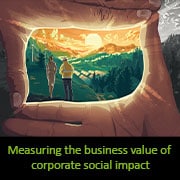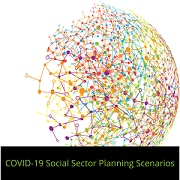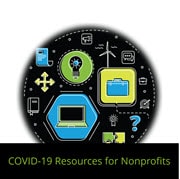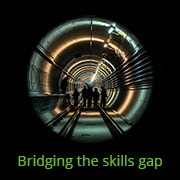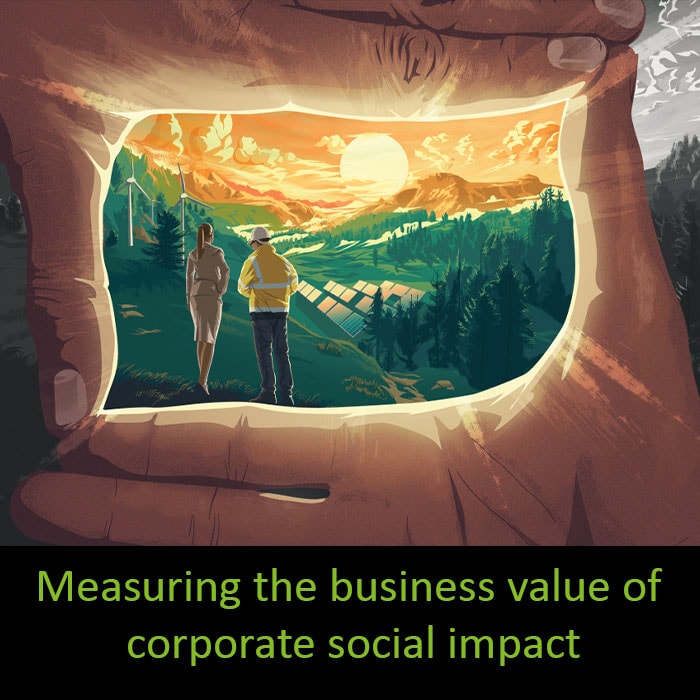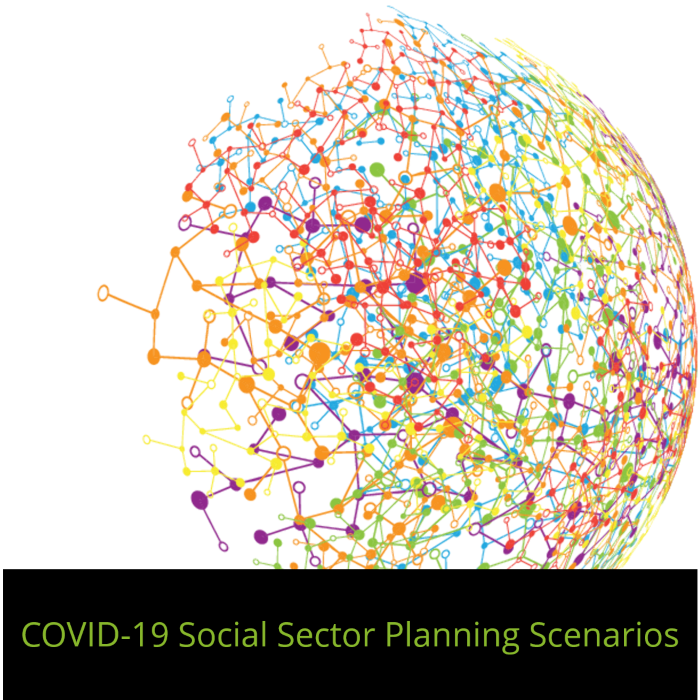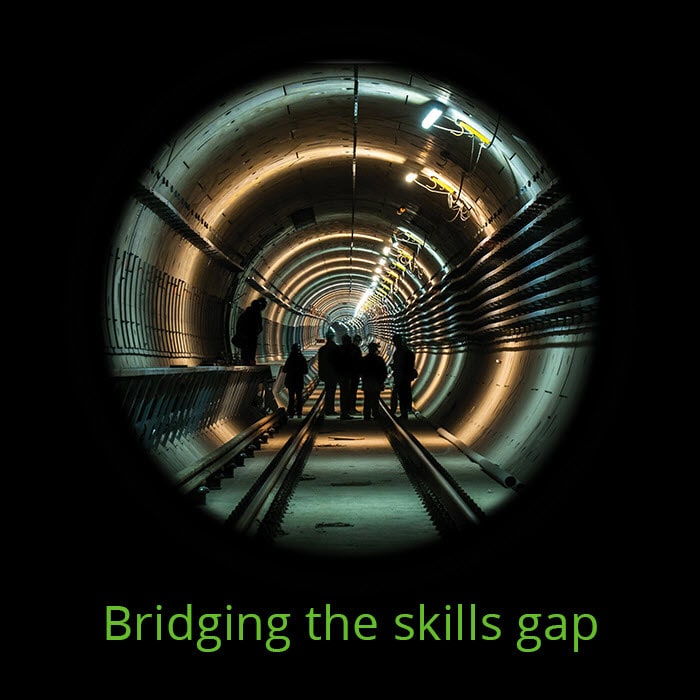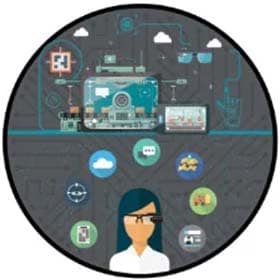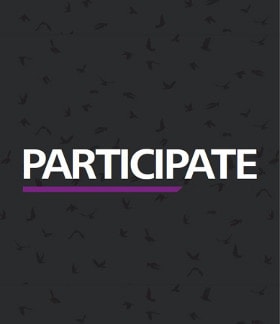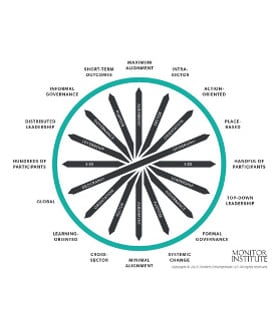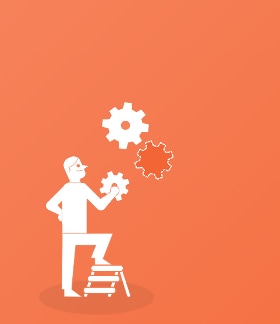What we think has been saved

Perspectives
What we think
Thought leadership from Monitor Institute by Deloitte
Through thought leadership Monitor Institute by Deloitte tracks the evolving terrain of social impact to identify, frame, and disseminate ideas and practices that are designed to advance progress on the most pressing issues of our time, and are often developed in collaboration with others who are working with us “in the trenches” of social change.
Explore Content
- Responding to COVID-19
- Measuring the business value of corporate social impact
- Bridging the manufacturing and construction skills gap
- Participate
- Shifting a system
- Supply chain tools
- Engage
- Reimagining
- Gather
- Growth for good or good for growth?
- What's next for community philanthropy
- The re-emerging art of innovation funding
- Wicked opportunities
- Value exchange tool
- Additional perspectives
Measuring the business value of corporate social impact
By Rhonda Evans, and Tony Siesfeld, July 2020
How much is corporate social impact worth? Today, improved measurement techniques and data analytics can enable companies to better understand the business value of their social impact efforts, enabling them to better allocate resources and make strategic decisions.
In the midst of the COVID-19 pandemic, businesses are stepping up with massive contributions in the name of public health and well-being. For most of these companies, responding to the current crisis is simply a moral imperative. But once the next normal is reached on the other end of the crisis, many companies will once again be forced to articulate the business value of corporate social impact.
Your organization’s COVID-19 emergency plan is in place. What’s next?
By Gabriel Kasper and Justin Marcoux, with Kerri Folmer, Joanna Burleson, Rhonda Evans, Jennifer Holk, Sarah Brayton, Apoorva Kanneganti, Leah Jordan Haynesworth, and Danielle Jordan DeVera.
July 2020
Many social sector organizations are now at a critical moment. They’ve responded to the initial wave of the COVID-19 crisis, providing emergency relief, adapting to new working environments, and making tough decisions on near-term priorities. As leaders begin to pressure test and potentially change their intermediate- and longer- term strategies, many find themselves swamped by having to make organization-defining choices during a time of such intense uncertainty.
To help add some scaffolding to those choices, the Monitor Institute by Deloitte interviewed over 75 social sector leaders during April and May 2020 to understand what the future might hold for philanthropic funders and operating nonprofits.
This report, launched in cooperation with New Profit, the Center for Effective Philanthropy, the Council on Foundations, Independent Sector, the National Center for Family Philanthropy, and United Philanthropy Forum, explores four provocative scenarios of what the future could look like depending on the severity of the crisis and whether we come together as a nation—or come apart. Using these scenarios as a backdrop, the report outlines advice on how organizations can prepare for the future despite significant uncertainty.
Responding to COVID-19: Resources for Nonprofits
Last Updated: May 28, 2020
Curated by Amanda Olsen, Apoorva Kanneganti, Tej Mehta, Michelle Hammer, Abby Southam, Vritti Sethi, Archana Choudhary, Rhushi Bhadkamkar
Monitor Institute by Deloitte created this document to compile and share relevant resources with our nonprofit clients as they manage through the COVID-19 crisis. In addition to general information about nonprofits and their operating environment, it also includes deep dives into the Education and Workforce Development sectors, because many of our clients work in these spaces. The compilation will be updated regularly as changes warrant to reflect latest information.
The guide was produced with three different audiences in mind:
- Nonprofit Leaders looking for relevant information and resources to more effectively manage the impacts of COVID-19 (coronavirus) for their types of organizations
- Philanthropic Funders looking to support their grantees throughout and after the crisis
- Nonprofit Board Members looking to understand ways to guide the organizations they advise
There are a growing number of useful resources available online; this is a selection that may be useful for these audiences. We have included examples or links to a variety of initiatives and organizations throughout this document; however, these are for informational purposes and inclusion of these examples does not imply endorsement, nor does exclusion imply the opposite. This is not an exhaustive list.
Bridging the manufacturing and construction skills gap: Supporting worker success in the age of automation
By Tracie Neuhaus and Joe Speicher (Autodesk Foundation), June 2019
Across the United States, millions of people are working but still struggling to get ahead. At the same time, employers are trying to fill millions of job openings, but many are struggling to find workers with the right skills. This is the result of a fundamental mismatch between the supply of labor and demand for skills. This skills gap is a challenge for everyone—and it’s likely to worsen as cognitive technologies and automation become more widespread.
This report is a joint endeavor by the Autodesk Foundation* and Monitor Institute by Deloitte. In it, we describe what we have learned from our inquiry into the challenges that underlie the skills gap in the US construction and manufacturing industries, focusing on workers who have specialized job skills but not a traditional four-year degree. It is the product of secondary research and interviews with thought leaders and experts in construction, manufacturing, future of work, and workforce development, as well as primary input, gathered from actual workers, in late 2018.
* Autodesk and the Autodesk Foundation are registered trademarks of Autodesk, Inc., and/or its subsidiaries and/or affiliates in the USA and/or other countries. Learn more about the Autodesk Foundation.
Shifting a system: Reimagine Learning and how to tackle persistent problems
By Anna Muoio and Kaitlin Terry Canver, April 2019
In an increasingly complex business and social environment, many are looking for collective solutions to big problems. Networks can address sprawling issues in ways that no individual organization can, working toward innovative solutions that are able to scale. Our full-length report, Shifting a system, presents a case study of how a group of leaders and their organizations can coalesce behind a shared vision for change.
The Reimagine Learning network came together to tackle big education issues, ultimately aggregating and deploying US $38 million in philanthropic capital. Over six years, members worked to create teaching and learning environments aimed at helping to unleash creativity and potential in all students, including those who have been historically underserved. The group—launched with 32 members, now grown to more than 700—helped build and scale organizational models that embed a focus on both social emotional learning and learner diversity, ultimately funding 25 organizations that collectively serve 7 million students nationwide.
Socially responsible supply chain tools: Understanding the market opportunity
By Lisa Newman-Wise, Caitlin Ryan, and Tony Siesfeld, April 2019
Affordable goods and services or socially responsible global production? New tools for monitoring the supply chain are making it easier for companies to have both, enabling socially responsible supply chain management and presenting new market opportunities for supply chain tools.
Participate: The power of involving business in social impact networks
By Anna Muoio and Noah Flower, September 2016
Monitor Institute has long recognized the importance of meaningful engagement of the private sector in addressing many of the world's most complex problems. While many social sector leaders understand that engaging the private sector matters, far fewer understand how to do so, or the key questions one should consider before starting down this path of cross-sector collaboration. For instance: Why would a network want to include a company? Or conversely, why would a company want to participate in a network focused on social impact? Can social impact efforts deliver business value? What makes network relationships durable? And ultimately, what are the different needs around accountability, leadership, governance, and mindset? To answer questions such as these, and with support from The Rockefeller Foundation, we have created "PARTICIPATE: The power of involving business in social impact networks"—a handbook for social change leaders aspiring to effectively engage the private sector as authentic participants in the pursuit of social impact.
Engage: How funders can support and leverage networks for social impact
By Anna Muoio, Noah Rimland Flower, and Kaitlin Terry, July 2015
This guide was designed to aid any foundation grantmaker who is considering whether to engage with a social impact network and what that engagement might involve. It is organized to step the reader through a range of key questions to consider as in the course of exploring how engaging with a network might play a role in his or her work.
It is a tool to help grantmakers:
- Think through the critical questions of whether and when to use a network to accelerate impact;
- Understand their role in supporting a network and how that may change over time;
- Answer the "upstream" questions around a network’s conception, design, utility, and resource requirements;
- Learn from real world stories of networks (their funders and leaders) who are using networks to solve a range of tough problems
Reimagining measurement: Enhancing social impact through better monitoring, evaluation, and learning
By Tony Siesfeld, Rhonda Evans, and Gabriel Kasper, October 2017
Monitor Institute by Deloitte undertook a year-long, multi-funder initiative that identifies persistent challenges to effective evaluation, highlights existing bright spots, and inspires experimentation with a range of next practices in the use of data and information in the social sector. For the initiative, we spoke with more than 125 experts and practitioners to identify the "better future" for monitoring, evaluation, and learning that practitioners would like to see, as well as the gap between that better future and the future that's expected without active efforts to change the field.
In this article, we discuss three straightforward principles—purpose, perspective, and alignment with other actors—that can help the social sector reinvent its approach to measuring social impact, turning data into an asset that benefits both philanthropic organizations and those they seek to help.
Watch the video and learn more about Gather
The re-emerging art of innovation funding
By Gabriel Kasper and Justin Marcoux, March 2014
As philanthropy has gotten more strategic over the last decade, many foundations have begun to lose their appetite for risk and experimentation. But a small number of funders have begun to intentionally seek out and support high-risk, high-reward innovations with the potential to truly transform our most intractable social challenges.
In this cover article of the Stanford Social Innovation Review we explore the processes and practices used by these "innovation funders" and look at how funding breakthrough innovation differs from more traditional grantmaking approaches. We share a process for intentionally injecting two interrelated innovation principles—transformation and experimentation—into philanthropic processes and systems in order to bring a greater degree of risk-taking, openness, and flexibility into funders’ work.
Although these approaches often take a different shape within each institution, innovation can typically be introduced at five different stages of the funding process: sourcing, selecting, supporting, measuring, and scaling. Read the article to hear a series of stories that illustrate what these activities look like in practice.
Growth for good or good for growth?: How sustainable and inclusive activities are changing business and why companies aren’t changing enough
By Bhaskar Chakravorti, Graham Macmillan, and Tony Siesfeld, October 2014
Economic growth in emerging markets has outpaced the growth of the supporting institutions that make up the broader context in these markets. There are many "contextual gaps", which can give rise to political, social, and environmental challenges. For businesses, both multinational and local, these markets offer some of the most promising growth opportunities.
These businesses cannot afford to wait for governments, grassroots enterprises, or civil society to close the contextual gaps; nor can they rely on prevailing business-as-usual practices to automatically overcome or resolve the gaps. Businesses must actively find ways to reinforce the contexts that support the very markets they need for sustaining their growth aspirations.With emerging markets accounting for two-thirds of global GDP growth over the past decade and about 40 percent of current global output, investing in contextual strength is becoming an essential business need.
That context has given rise to a new wave of growth in sustainable and inclusive business activities (SIBA). But as much as the adoption of SIBA has grown, it has a long ways to go. This report analyzes what motivates companies to engage in SIBA, what challenges they face, and provides a set of recommendations for what philanthropy can do to help advance and spread these essential changes in how business is done.
This work was done in partnership with Citi Foundation and the Fletcher School at Tufts University.
What's next for community philanthropy
Initiative led by Gabriel Kasper, September 2013
The world is changing rapidly. Inescapable demographic, technological, economic, environmental, and social trends are reshaping our communities and altering the landscape of philanthropy. Keeping pace will be a challenge for community philanthropy: in today's rapidly changing context, the systems that are helping community philanthropy organizations thrive right now may not meet the needs of their users in the future.
Yet the status quo is not an option. Place by place, community philanthropy organizations will need to figure out what to hold onto, what to let go of, and what to create anew to better meet the evolving needs of their communities. We launched the What's Next for Community Philanthropy initiative in January 2013 to engage community foundations and other community philanthropy organizations in a large-scale innovation and design process to help them open up to new models and new possibilities that will help them better serve their communities in the years ahead.
Download What's next for community philanthropy for more information.
Wicked opportunities: Deloitte Business Trends 2015
By William D. Eggers and Anna Muoio, April 2015
"Wicked problems"—ranging from malaria to dwindling water supplies—are being reframed as "wicked opportunities" and tackled by networks of nongovernmental organizations, social entrepreneurs, governments, and big businesses.
This optimism is part of the broader trend of organizations increasingly seeing themselves as part of broader ecosystems rather than siloed into specific industries or issue areas, enabling these networks to attract participants from across the three sectors and marshal a new level of both resources and coordination.
Additional perspectives
- Expanding the notion of social return
- Brighter futures: Tackling the college completion challenge
- Catalyzing networks for social change
- Harnessing collaborative technologies
- Intentional innovation
- Investing for social and environmental impact
- Looking out for the future
- On the brink of new promise
- Value exchange tool
- What if? The art of scenario planning for nonprofits
- What's next for philanthropy (Executive summary available here)
- Working wikily
Explore Content
- Responding to COVID-19
- Measuring the business value of corporate social impact
- Bridging the manufacturing and construction skills gap
- Participate
- Shifting a system
- Supply chain tools
- Engage
- Reimagining
- Gather
- Growth for good or good for growth?
- What's next for community philanthropy
- The re-emerging art of innovation funding
- Wicked opportunities
- Value exchange tool
- Additional perspectives
Recommendations
Managing your innovation portfolio
Spotlight on innovation for the 21st century
